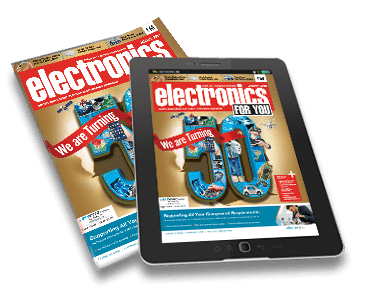As battery costs decline, electric vehicles (EVs) are gaining traction, bolstered by government support. However, India’s EV ecosystem requires tailored battery solutions for its two- and three-wheelers.
The global shift toward electric vehicles has surged, largely due to remarkable advancements and a drastic drop in battery prices—from approximately $1000 per kilowatt-hour a decade ago to below $100 today. This significant reduction, along with regulatory incentives like subsidies, has made EVs more accessible and attractive in various markets.
Yet, the rise of electric vehicles masks considerable regional differences, particularly in India, where two- and three-wheelers dominate the vehicle landscape. These vehicles pose unique challenges for battery technology, including cost efficiency, compact design, and the ability to function under diverse environmental conditions—from extreme heat to high moisture and dust levels.
This context invites a closer look at alternative battery chemistries that can cater to India’s specific needs. Innovations in this field could significantly influence the future of the EV landscape in India and beyond.
Additionally, lithium batteries are pivotal for advancing technology in industries such as automotive, renewable energy, and stationary storage. However, they rely heavily on minerals like lithium, cobalt, manganese, and nickel, which are unevenly distributed worldwide, presenting substantial geopolitical challenges.
Lithium Batteries and Geopolitical Challenges
Lithium batteries, pivotal in the tech energy storage sector, propel innovation in automotive and renewable energy industries. Their production depends on critical minerals such as lithium, cobalt, manganese, and nickel. This article examines the geopolitical ramifications of this dependency and potential solutions.
These essential minerals are concentrated in a few countries. The ‘lithium triangle’ in Latin America and Australia are major lithium sources, while the Democratic Republic of Congo (DRC) dominates cobalt reserves. Nickel is similarly confined to specific global areas. This concentration creates a zero-sum scenario — limited supply versus rising demand — escalating geopolitical tensions.
Countries like India, reliant on mineral imports, confront these challenges. Despite potential deposits in regions such as Jammu and Kashmir, these are still underdeveloped and do not alleviate current supply issues. Nations face the tough choice of securing enough minerals or innovating to lessen dependency.
In response, India has enacted reforms under the Mines and Minerals Act to strengthen its stance. These include opening mining to private entities, listing 30 critical minerals, and increasing transparency in the mining bid process. Additionally, India’s strategic joint venture, KABIL (Khanij Bidesh India Ltd), aims to secure international mining bids, marking progress in overcoming mineral dependency.
As global demand for lithium batteries escalates, securing these minerals has become critical, highlighting the need for technological innovations that decrease reliance on these scarce resources. This situation underscores the strategic significance of these minerals, and the innovative steps countries must take to secure their technological future.
Evolution In Battery Technology
Please register to view this article or log in below. Tip: Please subscribe to EFY Prime to read the Prime articles.













